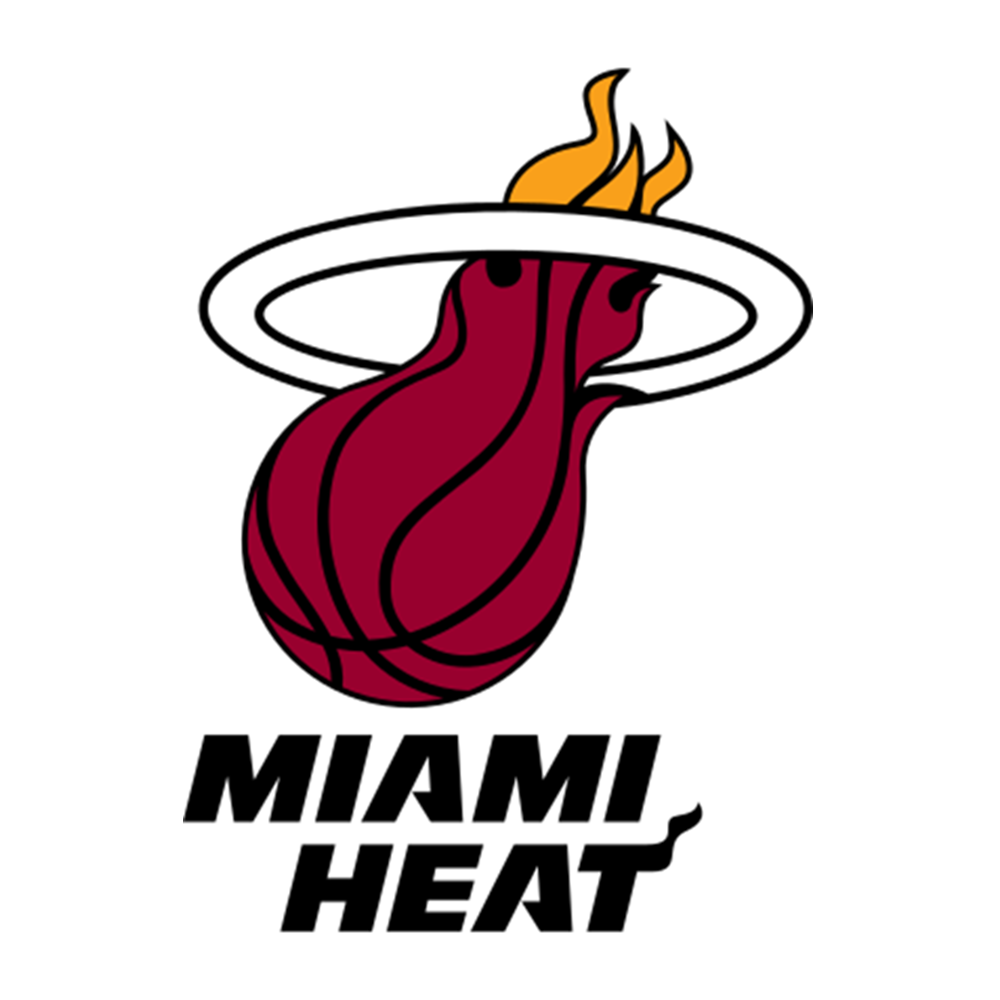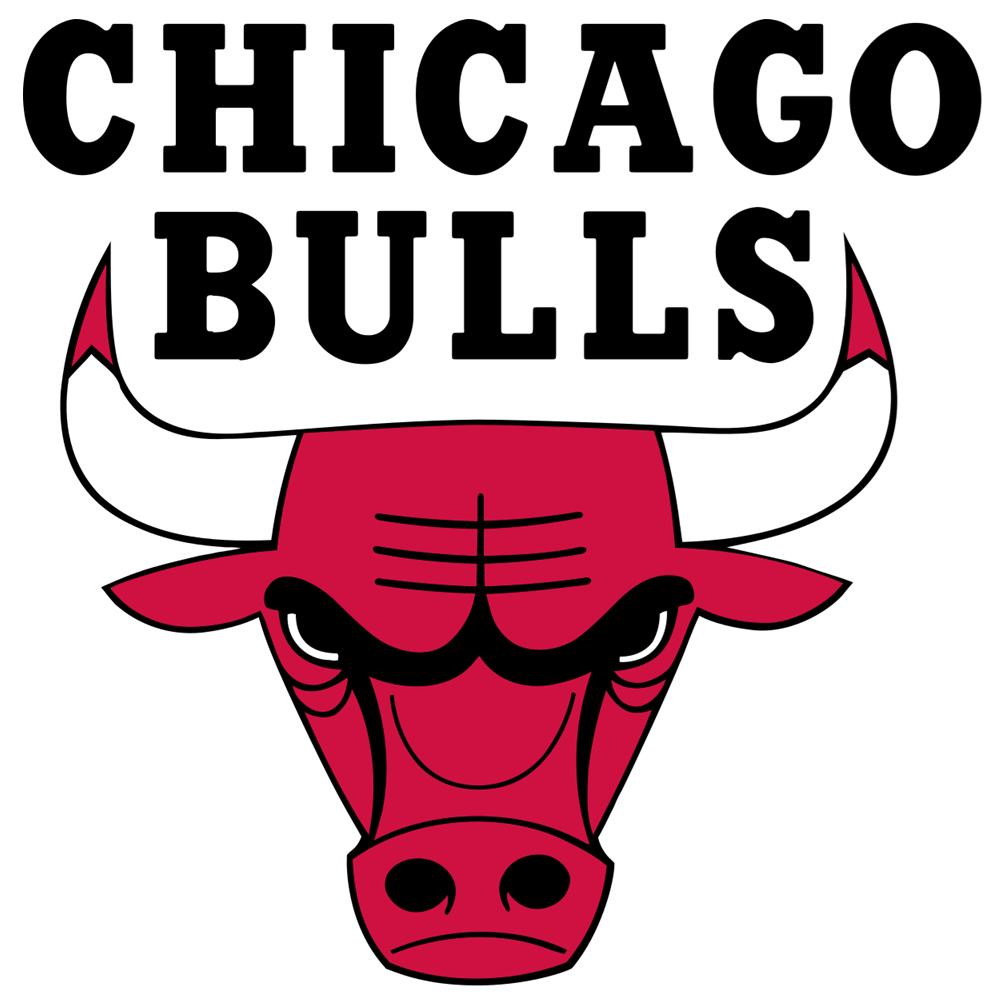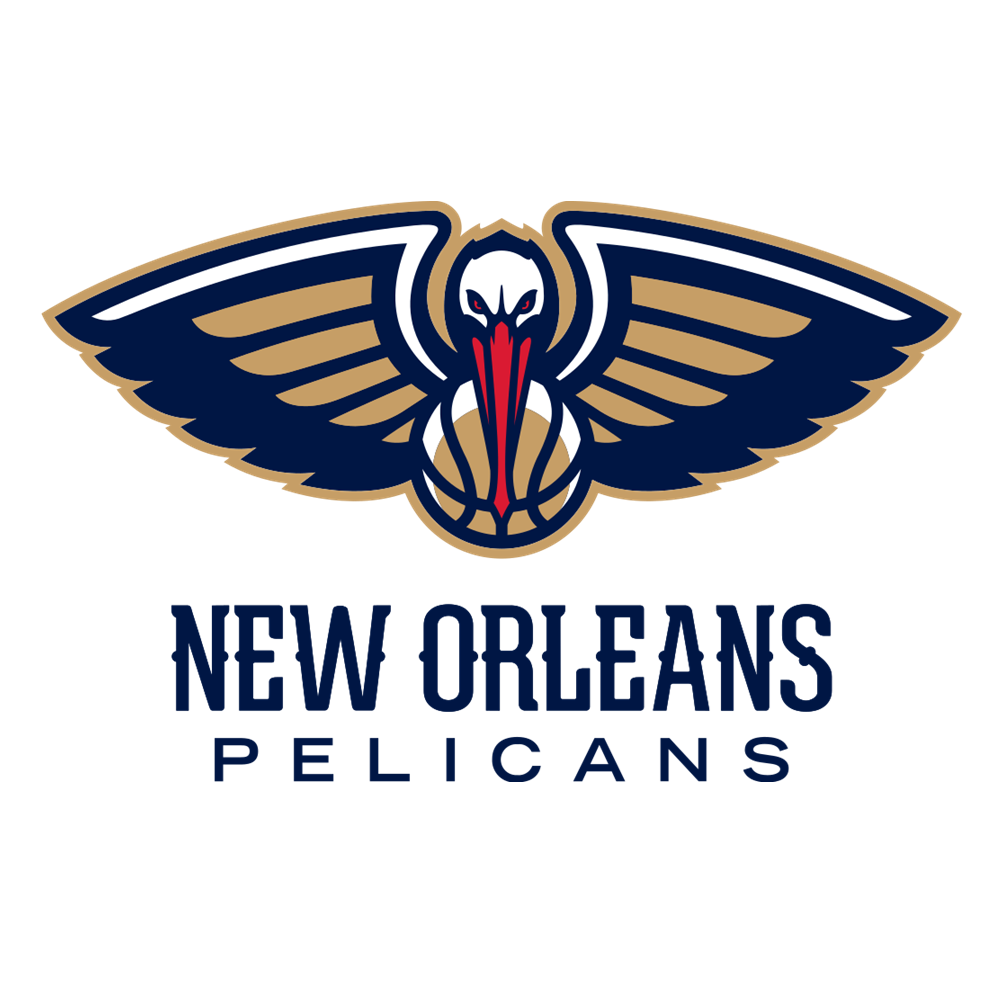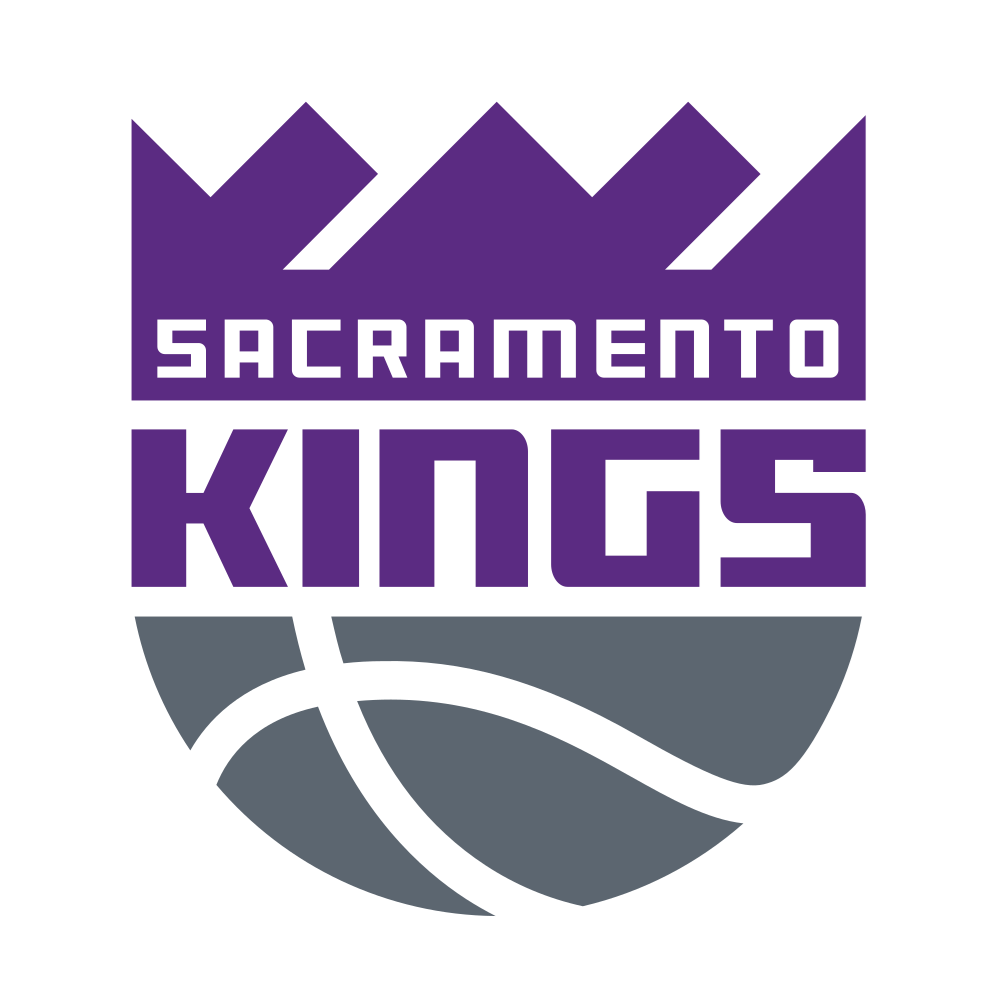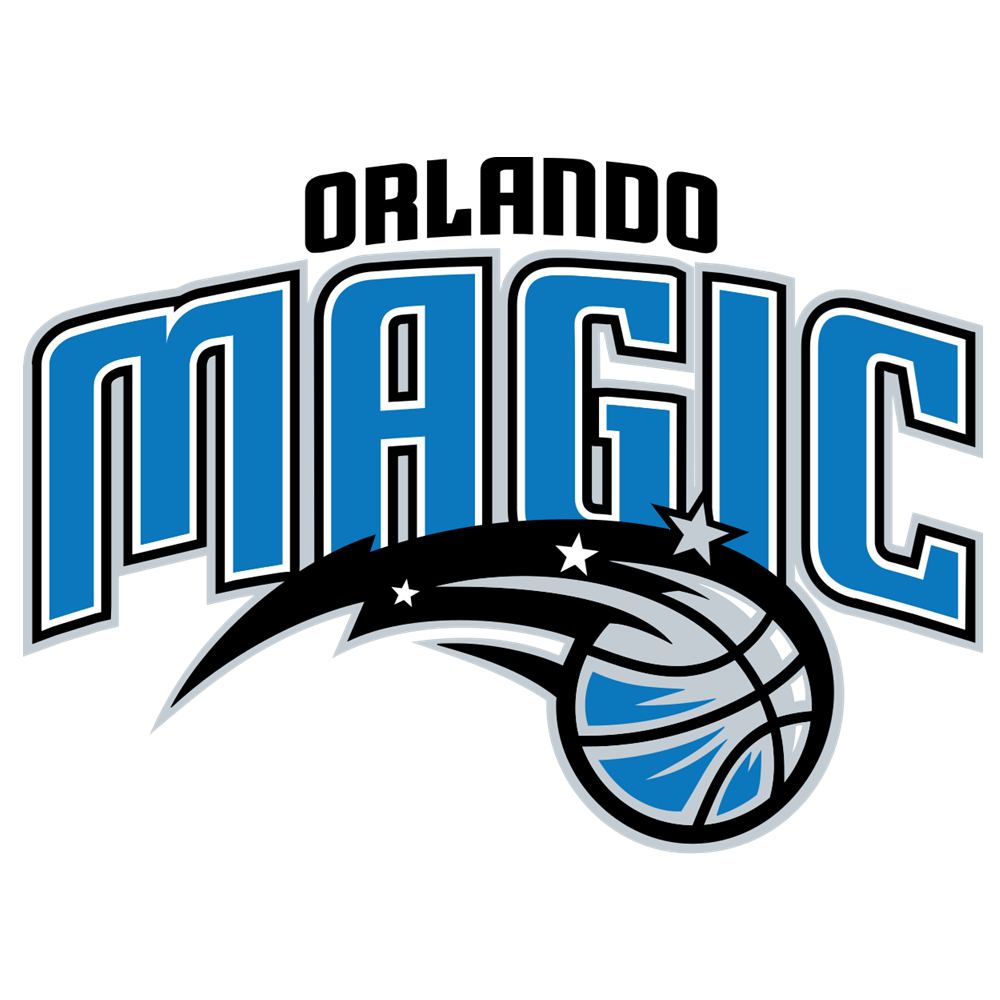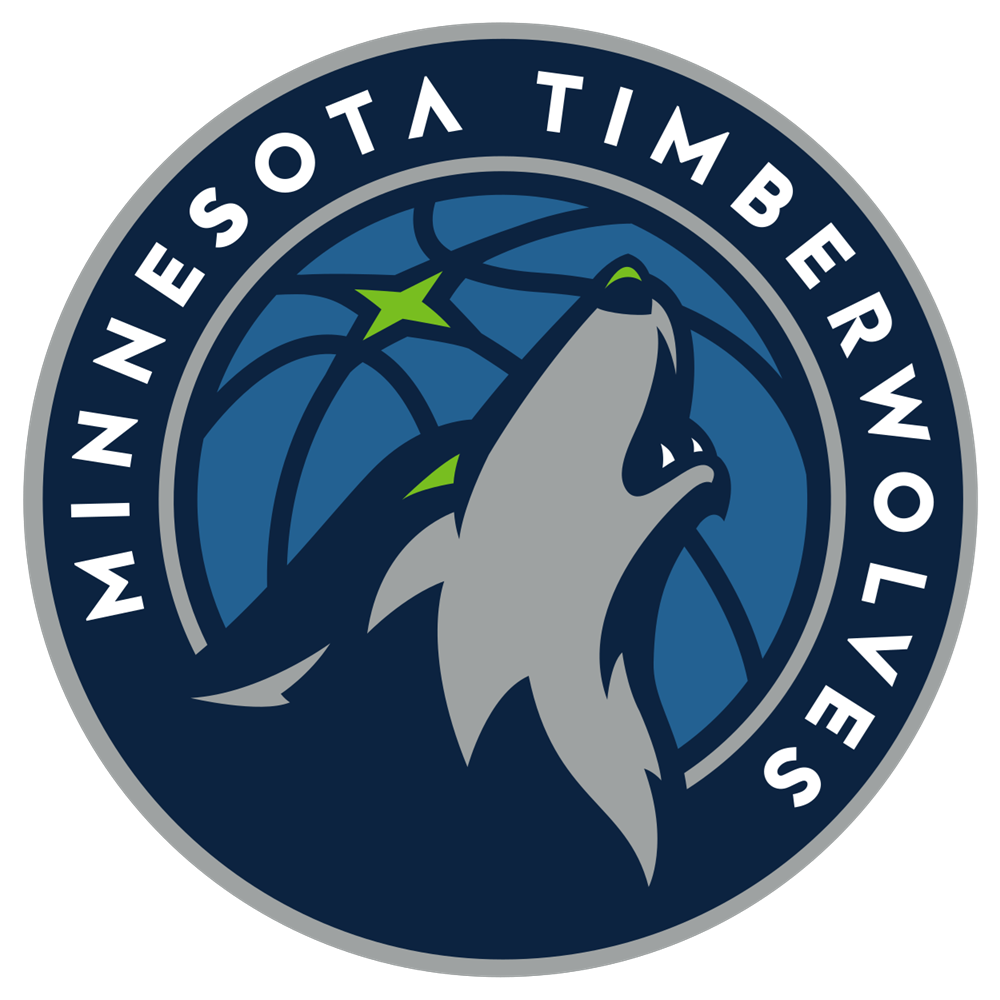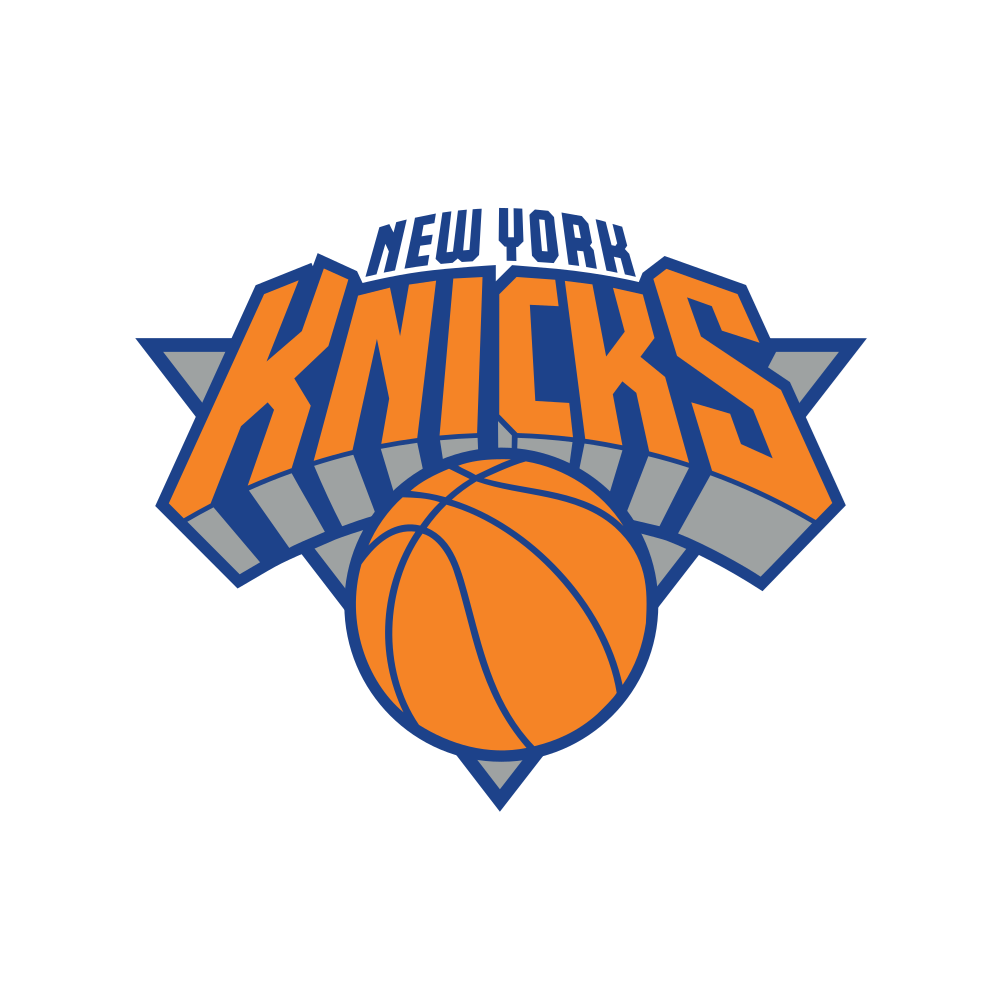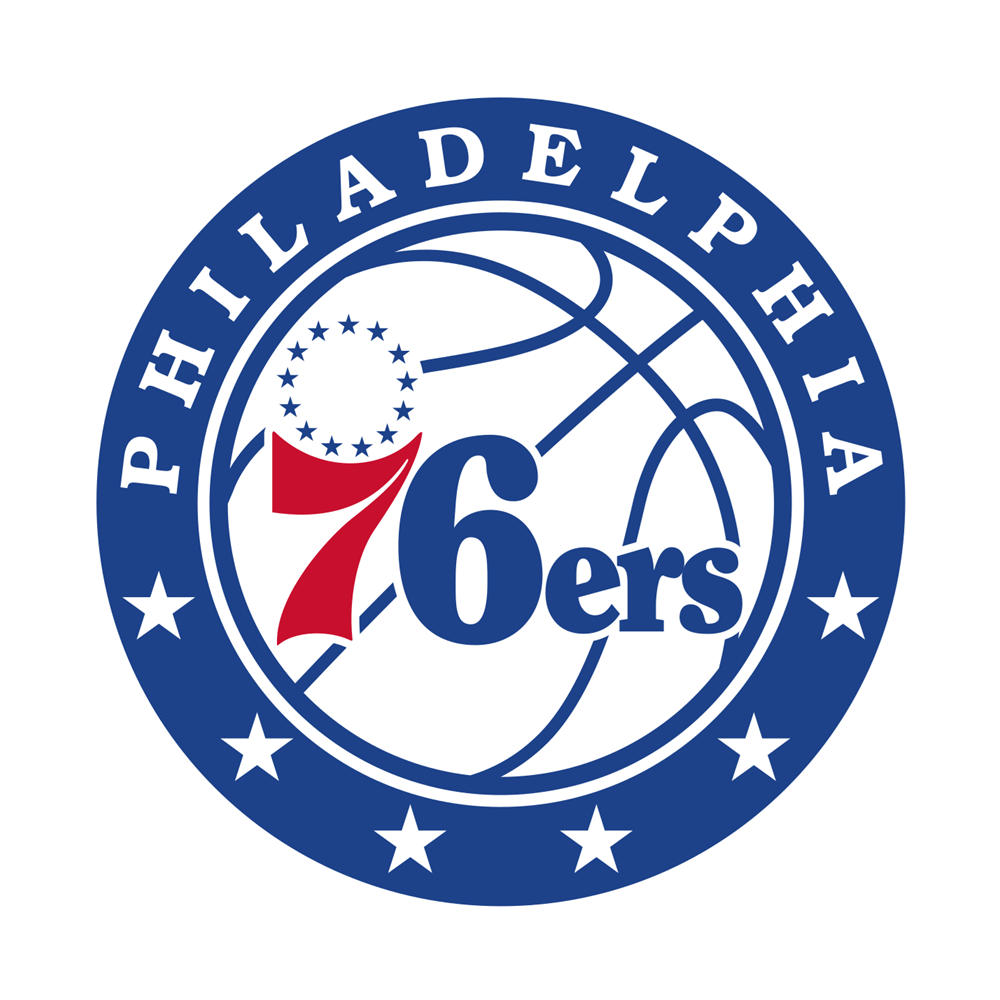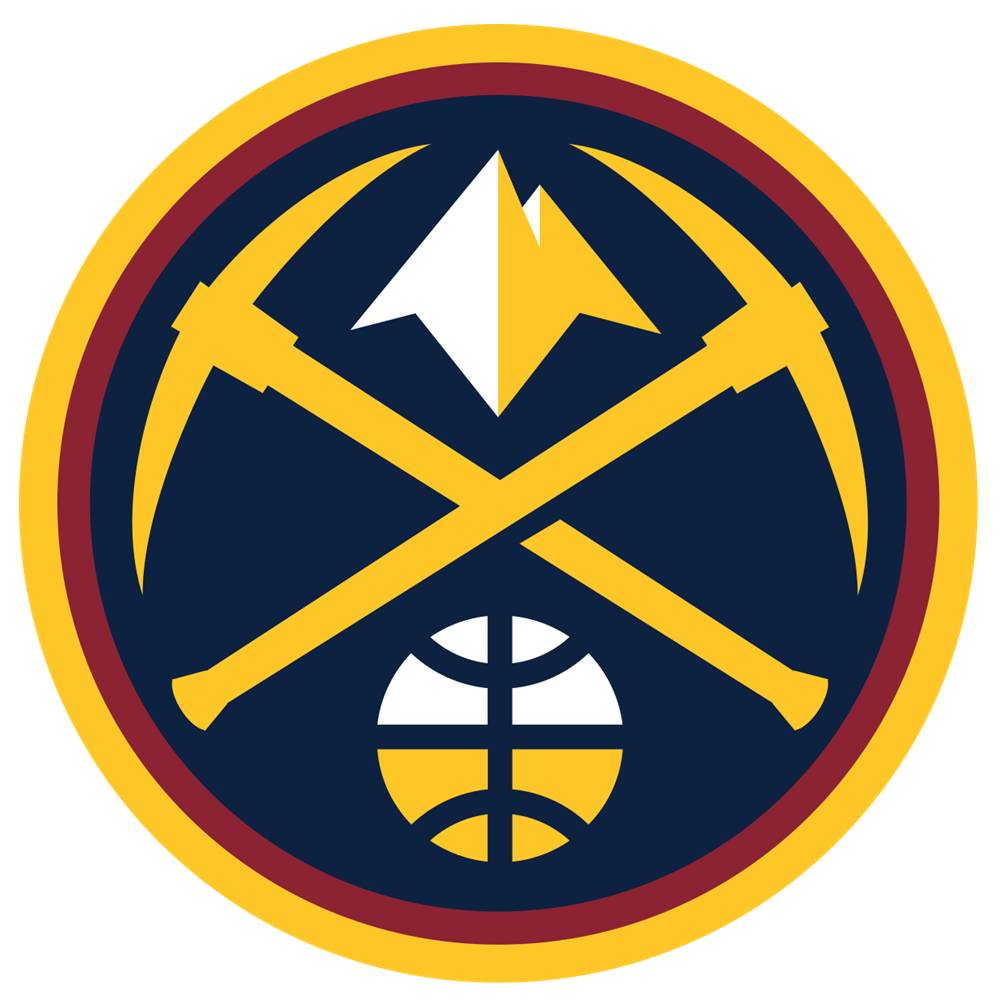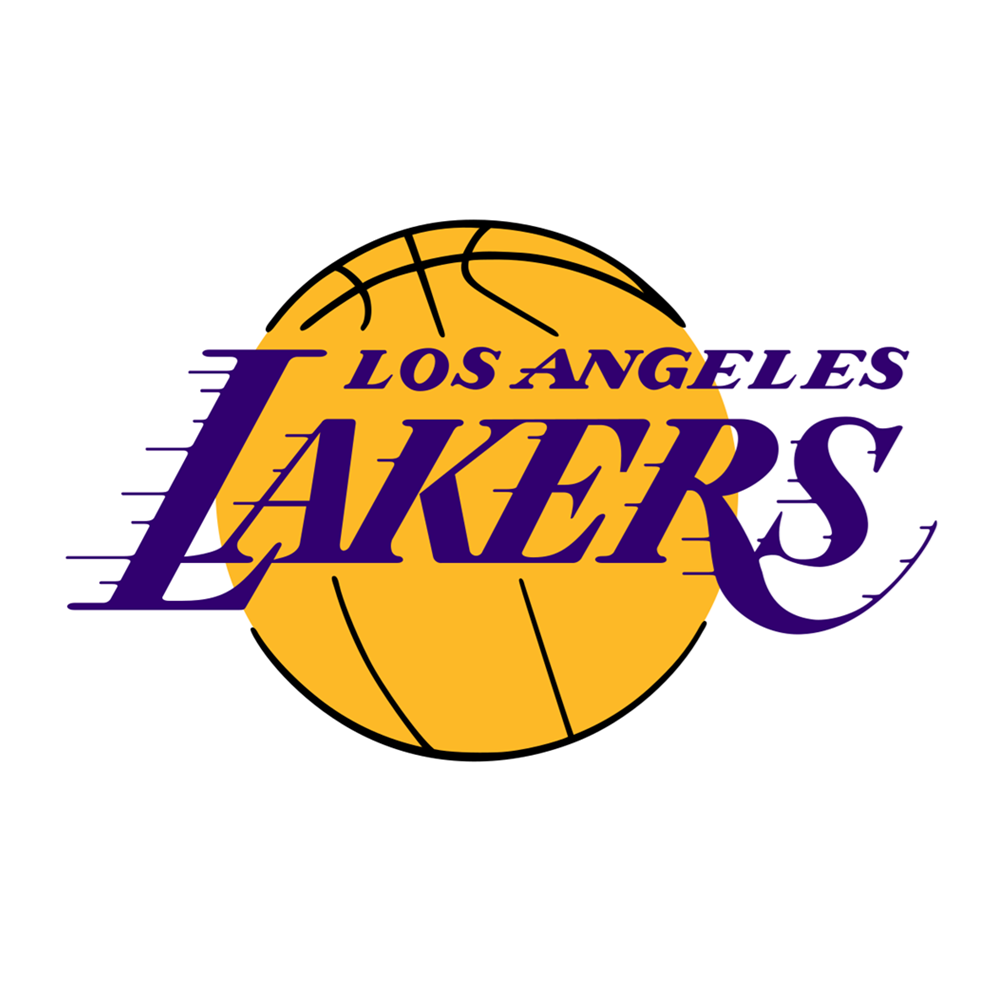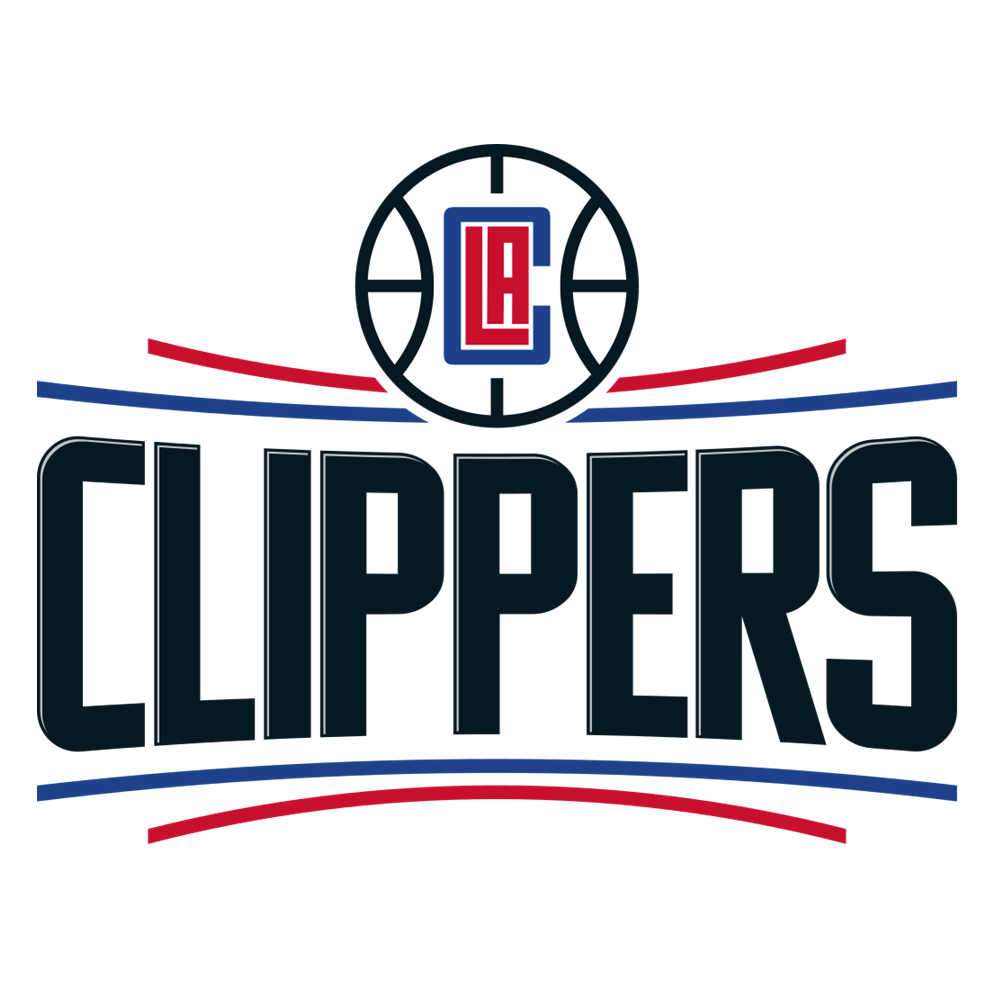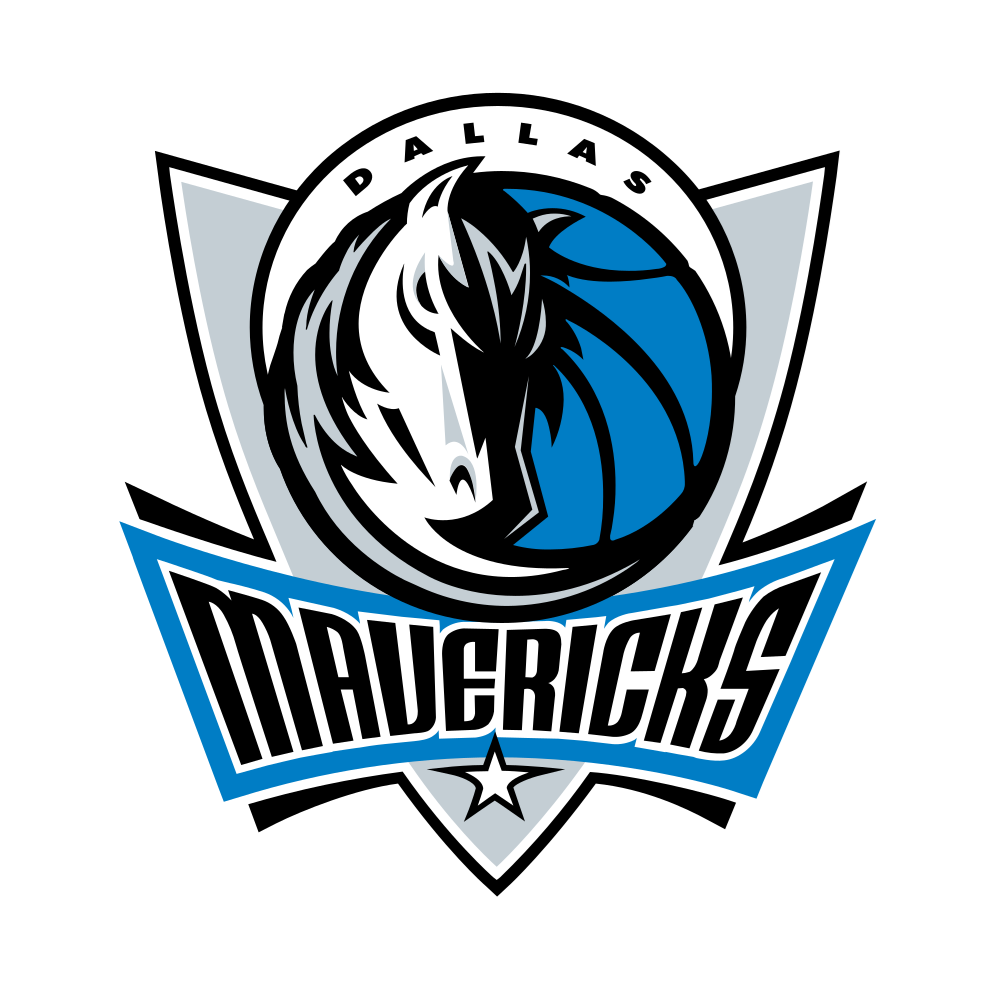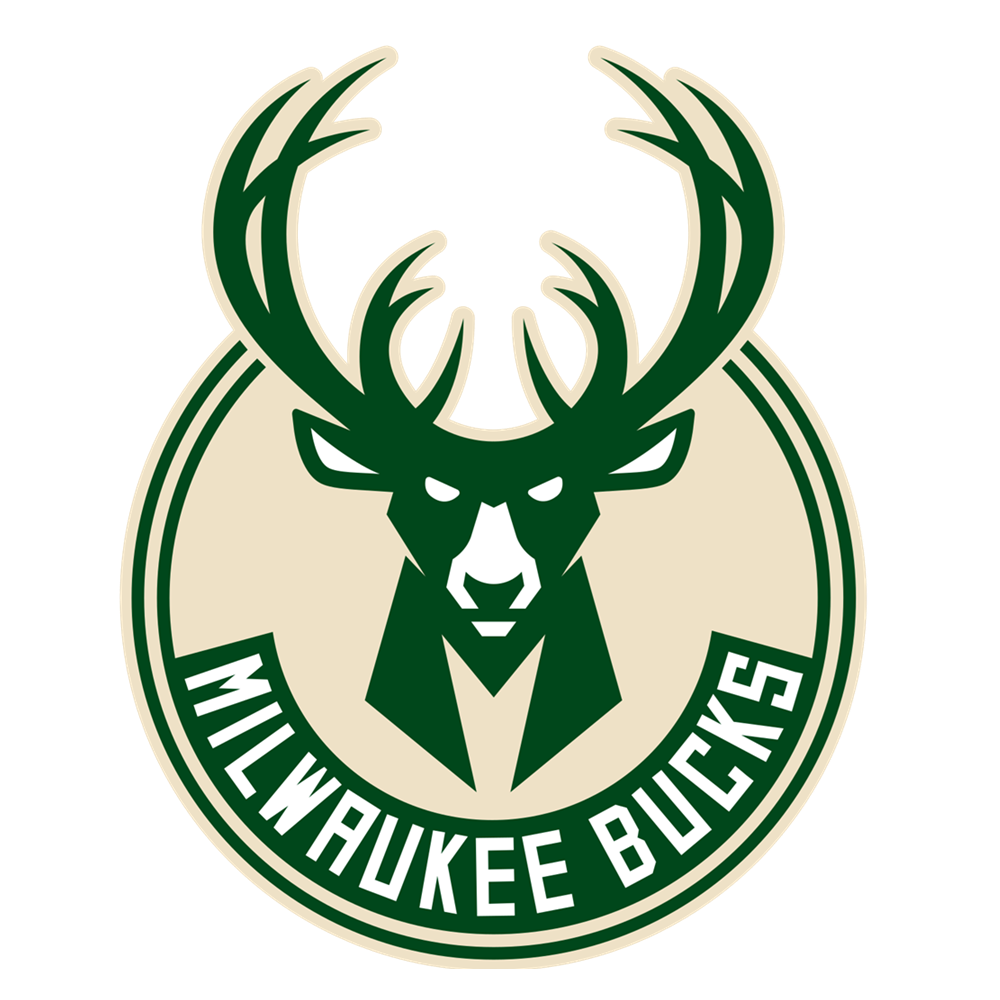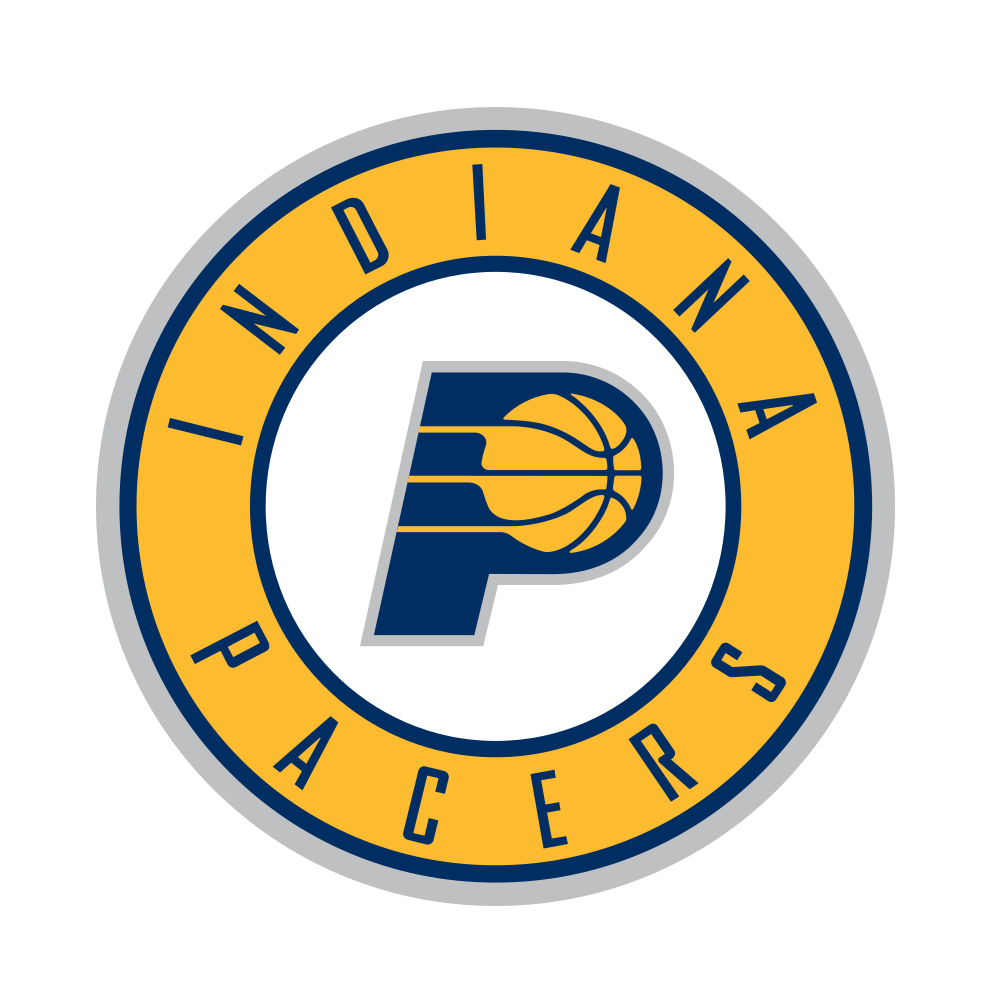The red ‘R’ on his Houston Rockets fleece shines off the front of Hakeem Olajuwon’s colossal frame.
He walks into a sports hall at Solihull Sixth Form College, a quiet space off to the side of the main campus. Here, in this leafy area of the West Midlands, hundreds of teenagers are laughing and joking in a nearby canteen, unaware of the company nextdoor.
It’s where one of the greatest players in NBA history is getting comfortable. It’s good not being noticed, he says.
Calling Birmingham home for almost two and a half years, it’s a place Olajuwon can be normal.
People say, ‘you’re pretty tall, you could be a good painter.’”
An artist in his own right, red and white tennis shoes prop up the base of his 6 ft 10 in frame, baggy grey jogging trousers giving him an air of freedom and mobility.
He is here with Director of Basketball for the City of Birmingham Basketball Club Robert Palmer, who empties a bag of orange and black Spalding basketballs usually kept for the under-18 programme.
“I haven’t shot the ball in a while”, Olajuwon says.
Birmingham
A man who won the MVP award, defensive player of the year and Finals MVP all in the same season is living in England’s second city.
“My favourite thing about it is the people. They’re very friendly”, he says.
Three years ago, his daughter was accepted into the University of Birmingham. The family may soon be ready to leave again but they are conditioned to travel, Olajuwon frequently visiting Houston to work with the Rockets and less frequently, stand next to Simone Biles at Texans games.
He has spent a lot of time working with the juniors at the local basketball club, which was founded by Palmer in 2003, and as the latter wanders back outside to re-park Olajuwon’s car - hastily placed in order to get out of the rain - he now has a chance to play himself.
Immediately, it’s clear being out of practice means something different for a Hall of Famer.
Olajuwon’s hands reign over the ball as he dribbles to the nearest basket, which is in front of a wall propping up two five-a-side goal frames. On the opposite side of the court, three badminton nets are rolled up onto blue pillars. A table tennis table is alone on the top balcony, a sport Olajuwon confesses he is very good at.
The two-time NBA champion is getting into rhythm, patiently waiting for the video interview to start.
Soon he will have to pick up his kids from school but he is not put out by the afternoon meet, instead wanting to discuss it.
“So, what are we going to get out of this today?”, he asks.
When told of my wish to show the internet some of the secrets to his moves, famously known as the ‘dream shake’ and something he’s tutored LeBron James and Kobe Bryant on, Olajuwon was almost surprised.
“The post up game is dead now,” he laughs. “Nobody posts up anymore.”
You couldn’t help but love the honesty and humbleness. Olajuwon isn’t part of the old school tag team who detest the modern game, with its positionless schemes and lack of a traditional center. Instead he pushes his five sons - who all play for the Birmingham club - to watch the new players on YouTube.
“They’ve seen my highlights but now they’re watching all of the new players, which I encourage them to do.”
He describes the dribbling trio of James Harden, Kyrie Irving and Steph Curry as ‘an open-court performance of the dream shake.’
Conscious of what his kids consume, it’s also true of his own basketball education that it didn’t come from any star big man.
“I watched the guards. I still do. When I saw them dribbling the basketball without looking, that was fascinating to me”, he says.
“They weren’t looking, but they were in control.”
Soccer Smarts
The footwork says it all. Well, almost.
Toss in the wide-open eyes, the shifty upper body. That says it all.
Now 54, Olajuwon is a fit and able man. As we begin our film, I place the ball on the floor in front of him, rewinding to his soccer roots. He is asked to show the tricks that led to the dream shake in basketball, a combination of fakes, dribble moves and shots that when combined produced one of the deadliest post games in NBA history.
Given Olajuwon didn’t touch a basketball until he was 17, it had to have started elsewhere. Along with Nigeria’s national sport of soccer, badminton, handball, volleyball and table tennis were bigger than basketball but once Olajuwon was thrown into the deep end, he naturally attached to it. Everything American in Nigeria had a pulling effect. The culture was revered in his home country.
Back in Birmingham, he places his right foot on top of the ball and explains that I should act as the defender chasing him toward his own goal and the one I want to score in. As I jog toward him, he steps over the ball with his right leg and dribbles it in the opposite direction with his left.
Just one of many occasions he has evaded danger and turned it into attack.
“I don’t want you to know which way I want to turn”, he says.
As it translated to basketball, the concept remained the same; confuse, freeze and misdirect defenders, whether facing away from the bucket or turning to become, in his own words, ‘a power forward.’
“I always wanted to play like a little guy. I know that the big guy’s game is banging and pushing with very little movement.
“If I can play like a guard, I have the advantage.”
And then some. Fifteen years after retirement, the array of moves is something to behold.
At the end of this 90-minute production, he was sweating and satisfied. Once you place Olajuwon in this environment, you won’t stop him.
“I love basketball”, he says.
He can’t help but indulge himself during a game of H-O-R-S-E, attempting one of Kareem Abdul-Jabbar’s vintage sky hooks. Of course he swishes it through with ease. Is it a more effective weapon than the dream shake?
“For Kareem, of course. For me it’s the dream shake.” He laughs again, never taking himself seriously.
Perhaps others did not, for Olajuwon might be one of the most underrated big men of his or any other time.
Leaving Home
A picture from the 1995 Finals encapsulates Olajuwon.
His Rockets are taking on the Orlando Magic, and he is dribbling beyond the three-point line, guarded by Shaquille O’Neal. Two big men, playing small ball twenty years before its time.
Being naive about basketball helped the man known as ‘The Dream’.
When he arrived in the United States at 18, he had never watched an NBA game. He didn’t know a single player in the league. He was long, wiry and had the footwork of a soccer player, and while University of Houston coaches first told him to stay in the key, they soon allowed Olajuwon to take what the defence gave him because they saw a guard playing in a center’s body. He worked on dribbling and passing skills, developing a mid-range jumper to go alongside.
Fast forward to the modern day big man and the idea that they have been deemphasized is bogus in Olajuwon’s mind.
“When I started playing basketball in Nigeria, my coaches saw my talent and made me feel very welcome. They told me how important the big man was in the game, so I thought ‘wow, this is my sport’.
“Small ball today has made stars out of traditional guards, but for me the best thing it’s done is to liberate big men from their traditional duties.”
In other words, we should forget about positions. At university, Olajuwon didn’t want to have a position, so he played the style he thought he could flourish in.
That’s what got him to the NBA.
What got him to the US, however, was a different kind of story.
Accustomed to tropical weather, Olajuwon packed his traditional African dress, some shirts and headed to New York for a visit to St. John’s, where he stepped into winter without a second layer.
Christopher Pond, a coach on the Central African team, had organised the visits for Olajuwon having seeing him play in a tournament in Africa. Olajuwon paid for his flight and was soon connecting to Houston, feeling right at home thanks to the warm and humid weather.
He had left for Houston a week ahead of schedule so no one was there to collect him. Getting in touch with University of Houston coach Guy Lewis by phone, he was told to get a taxi from the airport. Undeterred, he eventually arrived and stepped into the office. At that moment, Lewis believed what he had been told by coaches in Africa some 7,000 miles away: Hakeem Olajuwon is an extremely tall human being.
The excitement for the unknown was suddenly mutual.
Olajuwon’s first meal in the US came after his first practice that same day. “It was my first time trying pizza. I wasn’t used to it.”
From 1982 to 1984 the Phi Slama Jama fraternity including Olajuwon and Clyde Drexler took off, a high-flying, transition-centric team that gained national recognition. Even before this, Olajuwon had a helping hand from a legendary NBA center to catapult his college career.
“The assistant at my university told me that in the summer Moses Malone comes down to the local gym, and I could play against him. Beyond excited, my only thought was, ‘really?’
“Moses was there and I was introduced to him. He was happy to see me and my physique, which was very skinny but my height impressed him. He was very gentle when I first met him, but as soon as we started playing, he was not gentle at all.”
It was Olajuwon’s first introduction to American basketball.
“My teammates were pushing me to hold my ground. It gave me that competitive spirit to accept the challenge and defend your position, no matter who you are playing against.
“He really taught me how to hold my ground, realise your advantage over an opponent and capitalise on it.”
This insight into the game would exceed personal expectation for any college player, but Olajuwon also made it to two national title games, one against the Jim Valvano coached North Carolina State and another against Patrick Ewing’s Georgetown.
He lost both, but would get his revenge against Ewing in the 1994 NBA Finals. That was a decade away.
The Show
Olajuwon spent 17 seasons with the Houston Rockets.
“I never played a season when I didn’t believe we could win a championship.”
That’s belief for you.
David Stern’s first ever pick as commissioner was the final time a coin flip decided the number one pick. It was 1984 and the Rockets won the toss. Stern called out Olajuwon’s name, two spots ahead of Michael Jordan.
In a class that also saw John Stockton and Charles Barkley enter the league, Olajuwon maintains that era was the golden age of basketball.
“Any draft with Jordan, what can you say? I’m very happy that I played back then. Jordan played the game the right way and he leveraged his position on the court to win games.
“His decision making was what made him a genius.”
Two years after shaking hands with Stern and snapping photos with Jordan, Olajuwon was in the Finals.
Playing beyond his years, the young man went through the champion Lakers in the conference finals before setting up a date with arguably the greatest team of all time, the ‘86 Boston Celtics. LA’s coach Pat Riley admitted afterward that they ‘tried everything’ to stop Olajuwon but couldn’t find a solution.
“Sometimes I remember five guys being on me”, Olajuwon laughs all these years later.
During the Finals, a series the Celtics won 4-2 and Larry Bird the MVP, Olajuwon guarded Robert Parish and narrowly avoided fellow fine big man Kevin McHale. There’s a story there too.
“We only played them once a year and I’ve since studied McHale’s post game. I never watched his moves until he was coaching the Rockets a few years ago. I went back and looked at highlights, the up and unders and fadeaways. I have tremendous respect for him.”
When it comes to respect, we have a habit of judging that scale by number of rings won. Olajuwon’s first championship finally came in 1994.
This was the seven-game series against the Knicks which coincided, quite literally, with the O.J. Simpson car chase during game five. The split screen had never been utilised to this level and a couple of nights later, Olajuwon blocked John Starks’ three-point attempt at the buzzer in game six, ending New York’s hopes of sealing the title and instead sending the series to a decisive seventh game. Patrick Ewing, Olajuwon’s college nemesis, averaged 18.8 points and 12.4 rebounds. The dream averaged 26.8 points, 9.1 rebounds, 3.8 blocks and 3.5 assists. To put it another way, he dominated, showcasing scoring and passing skills we’d not seen from that position before.
Another title was won in 1995 when the first-seed Orlando Magic were taken down 4-0 by Olajuwon’s men. It was the second of two ‘retired’ years Michael Jordan spent playing minor league baseball, which split his pair of three-peats with the Chicago Bulls.
Olajuwon has something to say about that.
“People overlook the fact that Jordan was actually there. They make it seem like he wasn’t, but he came back toward the end of that season. Nick Anderson made a huge steal on Jordan in game six of the conference finals. The perception is that he wasn’t there, and that Magic team don’t get enough respect.
“I couldn’t believe we swept them.”
As for facing a 23-year-old Shaq?
“The toughest opponent I ever faced”, Olajuwon says.
The future
As the A-Level students continue to chatter and study 100 yards away at the sixth form college, three boys have come into the sports building to get changed for a PE class and noticed something different going on in the sports hall. They press their staring faces up against the double doors that enter the gym, intrigued less about the camera and more about the middle-aged wizard running around like he’s done this before.
As they watch, the question I have is: why should Olajuwon take a 5 ft 10 in journalist defending him seriously?
Well, it’s basketball, so he does. He sizes me up and explains the freestyle approach he took on the low block.
“You will always tell me where I want to go.”
He then explains how he used to catch the ball in the post.
“As I’m going up to catch the ball, you are waiting for me to come down but before I do, I’ve already span toward the baseline and locked my arm against yours. You can’t move.”
His go-to move is the jump hook and with just a few inches of space, he would ‘shoot the ball right over you’. If you step up on him, he will jab and drive.
“The foundation of all the moves is the spin and the speed of the ball when you dribble. I try to tell big guys not to have a big man’s dribble. It has to be quick. Low and quick. If you do that, even when facing up, the defender will react, inevitably drop, and you can shoot or go to the basket.
“That’s where the shake comes in. They don’t know which direction you’re going, and you can go either way.”
Watching this man at work, here’s hoping the kids in this city understand the significance of who they have at their disposal.
“The UK reminds me of how basketball was in Nigeria. There is a clique of people playing it and they love it, but the general public don’t realise how much it’s growing.
“You don’t need to strive for the NBA, just getting guys to compete and play sports is enough. Especially with the weather here, indoor sports is great. I see 14-year-olds coming in here with no experience, and six months later they love it.
“Anywhere I go, promoting the game of basketball is natural.”
Olajuwon began his basketball career disregarding what the center position should look like, and in the end revolutionised the way it’s played. He’s now passing it on, and truth be told it never left.
